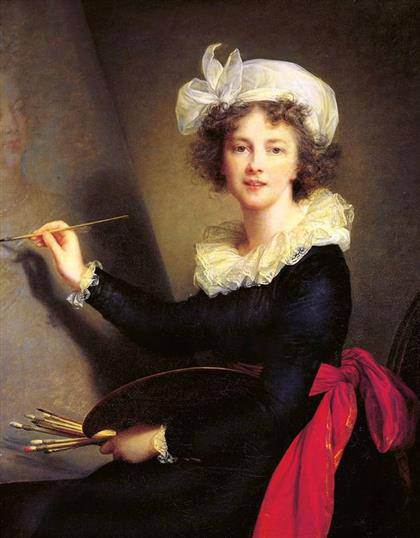
Left: Richard Avedon, Audrey Hepburn, actress, New York, January 20, 1967 © The Richard Avedon FoundationRight: Andy Warhol, Miriam Davidson, 1965, spray paint and silkscreen ink on canvas, 80 1/4 × 80 1/2 inches (203.8 × 204.5 cm). Private collection
© 2015 The Andy Warhol Foundation for the Visual Arts, Inc. / Artists Rights Society (ARS), New York
Richard Avedon and Andy Warhol at Gagosian Gallery Gagosian Gallery London is pleased to present the first major exhibition to pair works by Richard Avedon and Andy Warhol. February 9 – April 23, 2016.]]>
Source: Gagosian Gallery London
Portraiture was a shared focus of both artists, and they made use of repetition and serialization: Avedon through the reproducible medium of photography, and in his group photographs, for which he meticulously positioned, collaged, and reordered images; Warhol in his method of stacked screenprinting, which enabled the consistent reproduction of an image. Avedon’s distinctive gelatin-silver prints and Warhol’s boldly colored silkscreens variously depict many of the same recognizable faces, including Marella Agnelli, Bianca Jagger, Jacqueline Kennedy, Marilyn Monroe, and Rudolf Nureyev.
Both Avedon and Warhol originated from modest beginnings and had tremendous commercial success working for major magazines in New York, beginning in the 1940s. The 1960s marked artistic turning points for both artists as they moved away increasingly from strictly commercial work towards their mature independent styles. The works in the exhibition, which date from the 1950s through the 1990s, emphasize such common themes as social and political power; the evolving acceptance of cultural differences; the inevitability of mortality; and the glamour and despair of celebrity.
Each gallery will juxtapose works that underscore these themes, beginning with “The Family” (1976), Avedon’s ambitious conceptual portrayal of sixty-nine individuals at the epicenter of American politics at that time, together with Warhol’s monumental portrait of the revolutionary Mao Tse-tung, “Mao” (1972). In both works, little emotion or expression is revealed in the sitters’ faces or postures. Such deadpan was a mark of Pop art ambivalence, more commonly associated with Warhol, but equally applicable in this instance to Avedon.
Related content
MoMA presents ‘Andy Warhol: Campbell’s Soup Cans and Other Works, 1953–1967’ (exhibition, 2015)
Follow us on:


